Publication of this book was made possible in part by a grant from the Alice E. Smith fellowship fund.
Photographs identified with WHi or WHS are from the Societys collections; address requests to reproduce these photos to the Visual Materials Archivist at the Wisconsin Historical Society, 816 State Street, Madison, WI 53706.
Printed in Wisconsin, U.S.A.
Designed by Percolator Graphic Design
INTRODUCTION
WHEN YOU SAY YOURE FROM WISCONSIN, you usually get a slight nod of recognition. But mention a particular Wisconsin city, like Menominee or even Madison, and people outside the state may draw a blank.
For people from Wisconsin, however, the states name brings to mind a singular place with unique qualities. Even if much of our landscape has begun to resemble the rest of the countryparking lots, strip malls, interstate highways, housing subdivisionsthere is still something different, even remarkable, about this place. Wisconsinites are unmistakably proudthough in a modest, stereotypically Midwestern way. They dont need to tell you that Wisconsin is betterthey just know it, even as they graciously allow other places to boast their superiority.
I first visited and now live in the state. My parents grew up in Illinois and, like all good Illinoisans, often vacationed in Wisconsin in the summer. Even after they moved to a town just outside Seattle, Wisconsin remained their summertime destination. When I was a child, my Wisconsin was rolling hills, fireflies, farms, blaring tornado sirens (though I had no idea what they were), and lightning that cut across the sky in an angry gash. It was the flashy, touristy charms of the Wisconsin Dells, the quiet grace of Taliesin, the bewildering collections of jewelry, dolls, and pipe organs at the House on the Rock, and the truly bizarre Don Q Inn with its theme rooms, barber chairs in the lobby, and rundown passenger plane out front. It was water towers with town names painted on the sideproclaiming themselves to the fields and surrounding townsand cemeteries located right in town. And it was unlike anything I knew back home in Redmond, Washington.
I came from a place rich in natural beautythe Cascade Mountains, Puget Sound, the towering evergreen trees. Wisconsin is not generally considered quite as magnificent, but this humbler landscape, whose idiosyncratic charm more than makes up for what it lacks in grandness, grabbed hold and never left me. Perhaps that is why I now call Wisconsin home.
Everything I do now is a product of this place and its past: from the produce and cheese I buy at the farmers market to the roads I travel on my bike to the giant pretzel I order at Maders German Restaurant in Milwaukee. I am the beneficiary of all the people and traditions and landscapes of Wisconsin. Wisconsins history is a record of all that has happened here, two hundred years ago and two minutes ago. We can read it not just to find the big events and famous names, but to find ourselves as well. History is what we see no matter where we look.
Natural and human histories are intimately and inseparably intertwined in Wisconsin. Wisconsins landscape has been used for centuries by different people for different purposes: first for subsistence by Indians, then for fur trading, and then for fishing, shipping, logging, mining, farming, manufacturing, and tourism. Wisconsin could claim to be many thingsthe land of beer, manufacturing, and water parksbut it has chosen to be Americas Dairyland, calling to mind a pastoral wholesomeness of green grass and grazing Holsteins. Wisconsin also boasts a rich political history, symbolized most strongly by Bob La Follette and the Progressive Party but also by the states role in the history of the Republican Party and by the sewer socialists who ran Milwaukee in the early twentieth century.
While we tend to think of American history as beginning in the east in 1620, particularly in Plymouth, Massachusetts, and moving westward, Wisconsins story reminds us that our nations history was shaped not only by what happened in seventeenth-century Massachusetts, but in seventeenth-century Green Bay. Wisconsins story is unique, but it is also part of a larger American narrative of development and change.
1
GEOGRAPHY OF PLACE
ALL HISTORY HAPPENS IN SOME PLACE. The names, facts, and dates in history books sometimes leave the impression that the past exists only on paper and between two covers. But the past is all around us, and Wisconsin is the site of more than one hundred centuries of human history. When we cross a bridge or hike in any of our parks, we share the space once traversed by Jesuit missionaries or French fur traders. On at least one morning during the past fourteen thousand years, Native Americans pursued game just outside your window. Less than a mile from where youre sitting, a pair of surveyors made notes about the landscape one hundred and fifty years ago, as they laid out the boundaries of suburban roads, city blocks, and rural farms.
Human history exerts an effect on place. In turn, the nature of a place, its physical landscape and climate, affects what can or cannot happen there. Wisconsin is bordered on the east by Lake Michigan and on the west by the Mississippi River (mostly). To the north and south it is bounded not by natural features but by human imagination: a line run across the prairies by surveyors in 1832 separates us from Illinois, while another line run in 1847 divides us from Michigans Upper Peninsula. The eastern lakeshore is generally low and sandy or marshy, with only a few harbors deep enough to handle large ships. The western edge of our state is formed of immense bluffs overlooking the Mississippi, punctuated by steep ravines, or coulees. The southern border runs mostly through nearly flat, fertile land watered by sluggish, shallow rivers. The northern boundary crosses through dark forest, relieved by high wetlands and eventually by the lakes that draw thousands of tourists each summer.
These four principal habitatseastern lowlands, southern prairies, western valleys, and northern forestsoverlap and blend into one another in the interior. From east to west in the southern part of Wisconsin, the rich prairie becomes increasingly hilly, until, west of Madison, few large tracts of perfectly level land can be found. The northern forest is quite dense above a line from Green Bay to Minneapolis. It becomes gradually thinner as one travels southward, until it gives way to open lands along a line roughly from Green Bay to Prairie du Chien. Many unique, smaller landscapes, such as the Door Peninsula and the Kettle Moraine, intersect the four major ones.

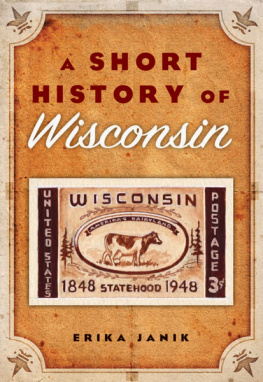




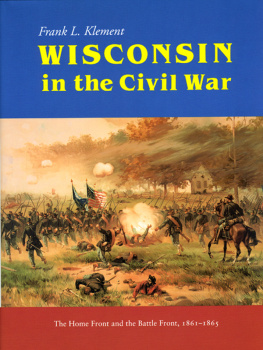
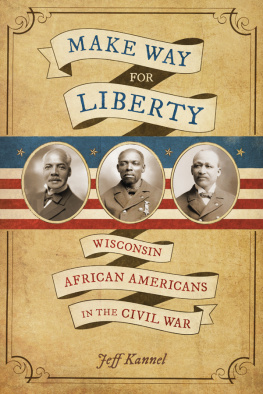
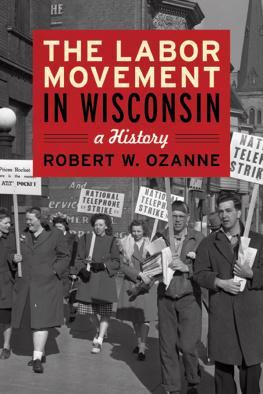
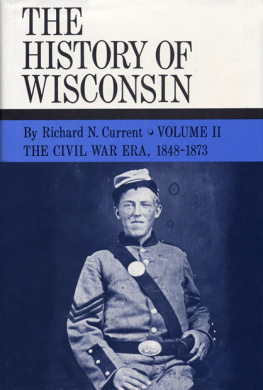
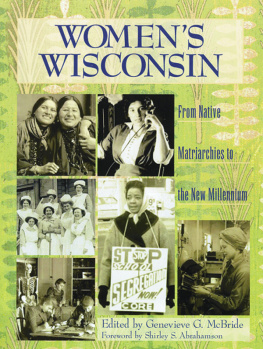

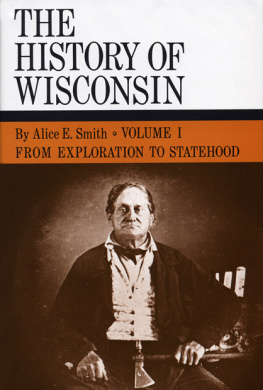
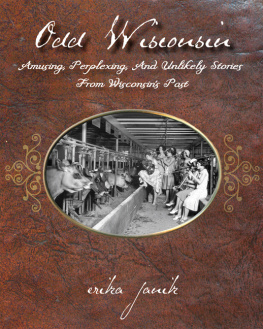


 The paper used in this publication meets the minimum requirements of the American National Standard for Information SciencesPermanence of Paper for Printed Library Materials, ANSI Z39.48-1992.
The paper used in this publication meets the minimum requirements of the American National Standard for Information SciencesPermanence of Paper for Printed Library Materials, ANSI Z39.48-1992.